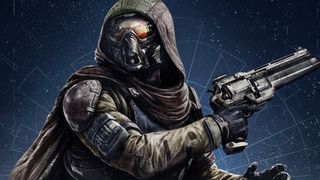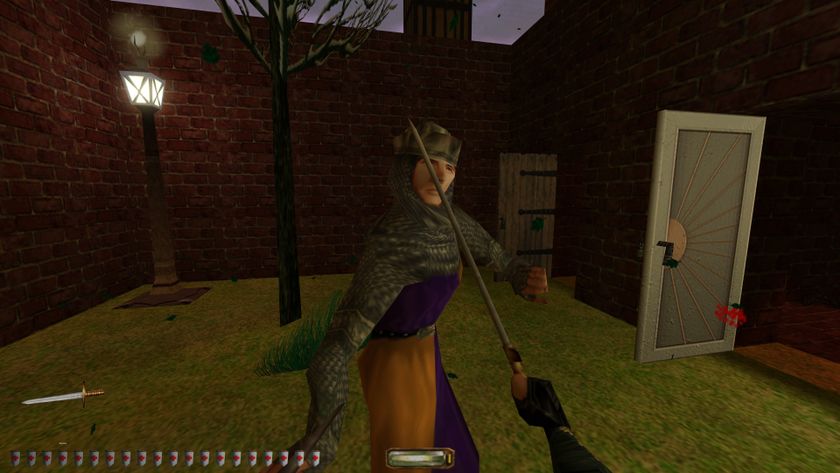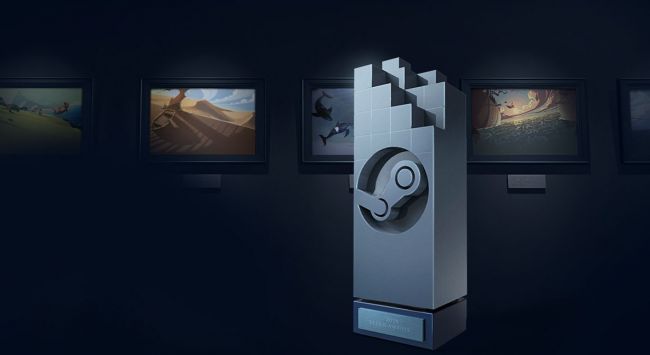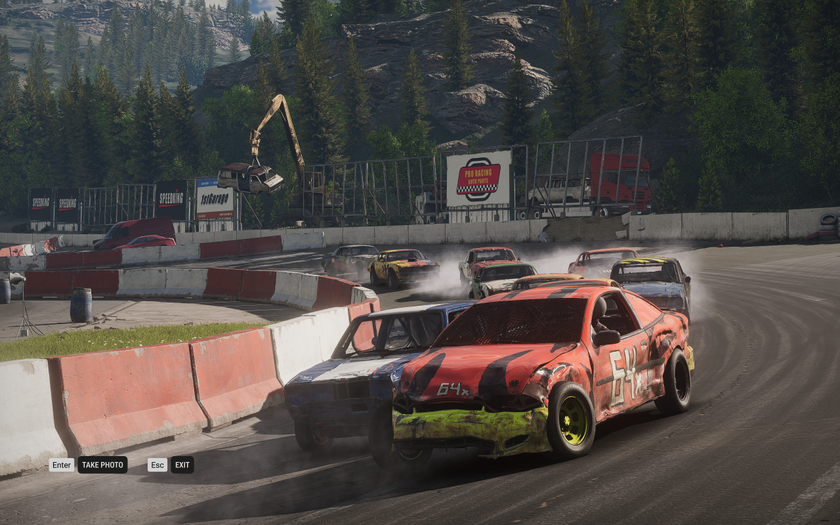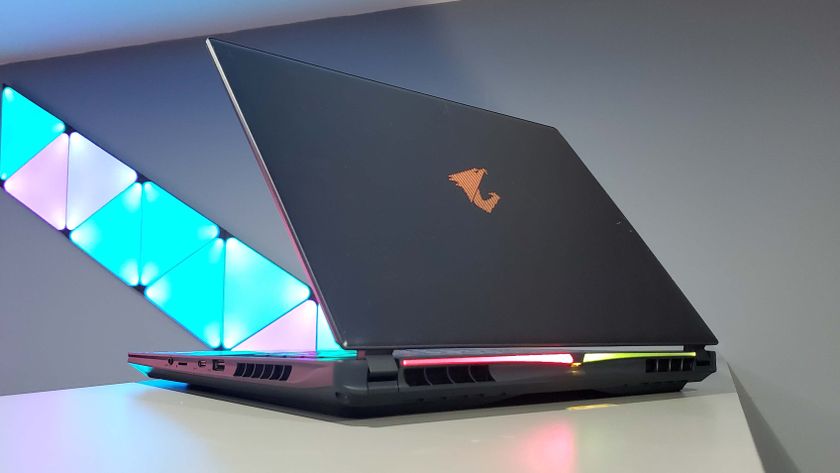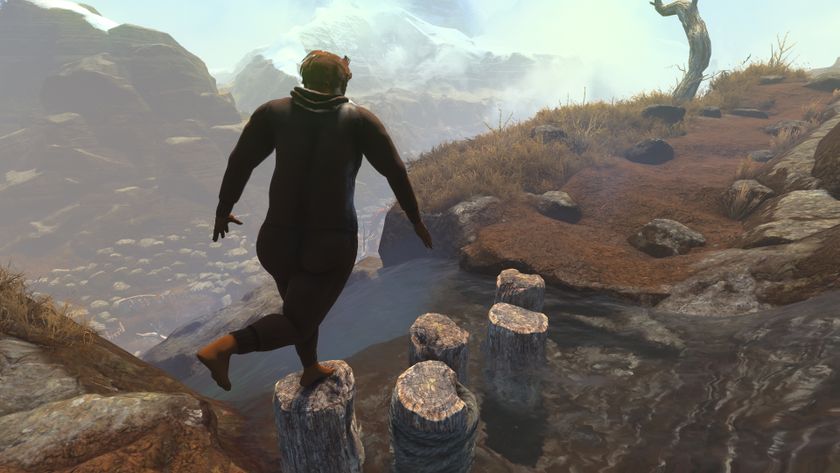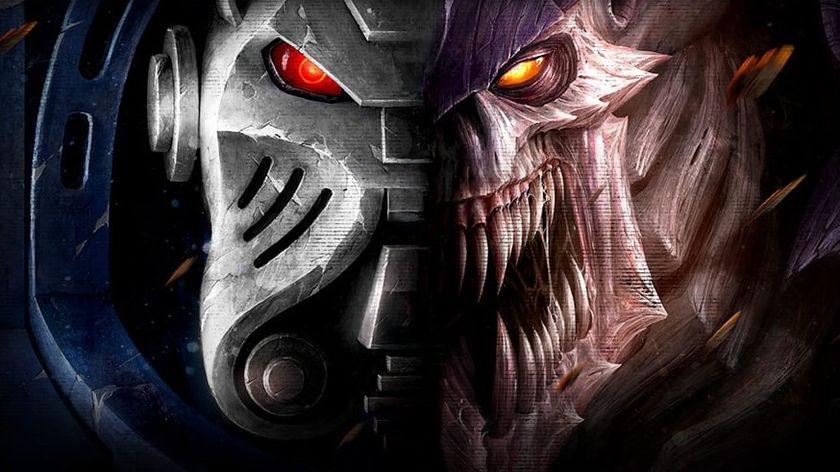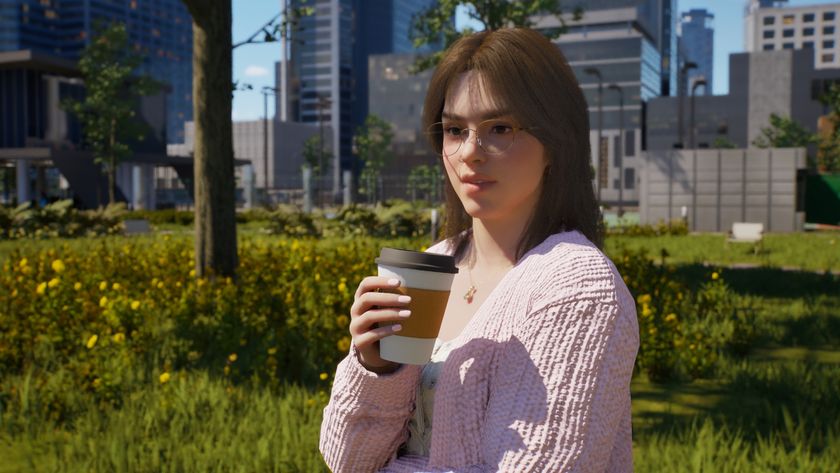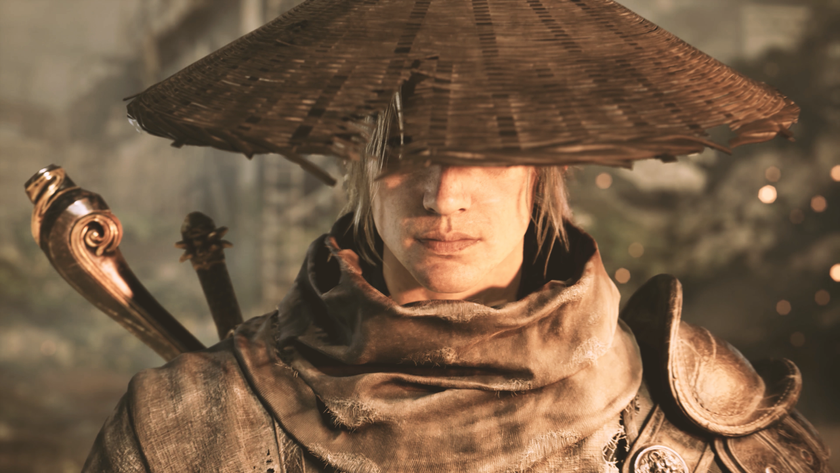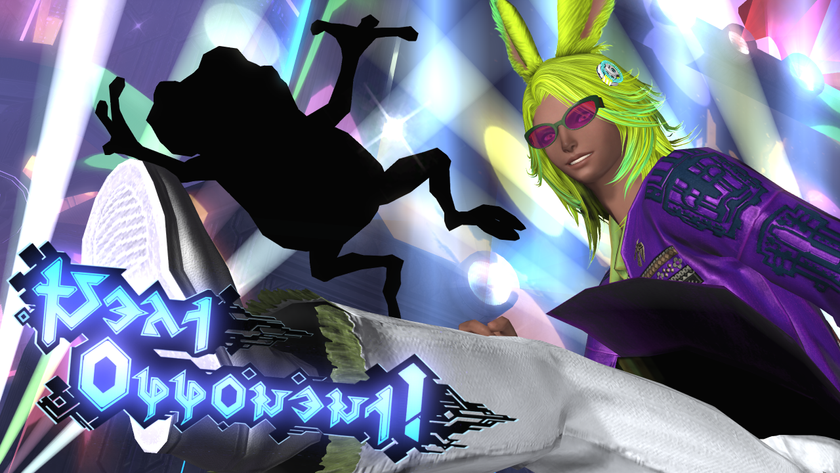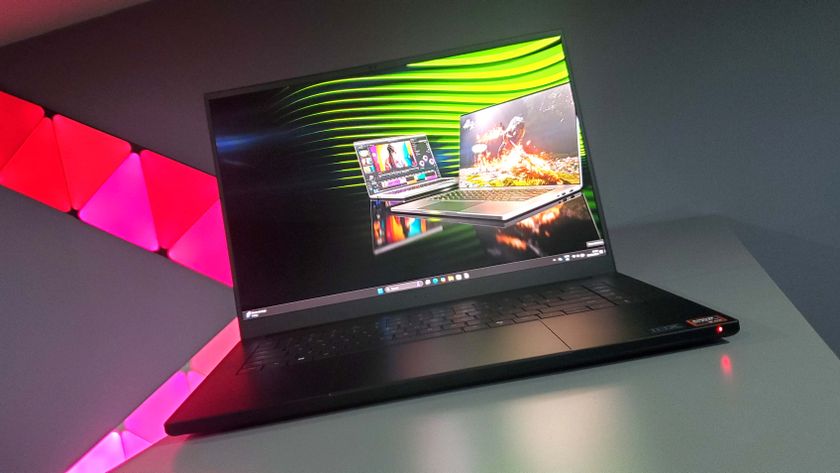Why raiding is the biggest reason to be excited about Destiny 2
Mechanically complex and emotionally intense, FPS raiding will find its natural home on PC.
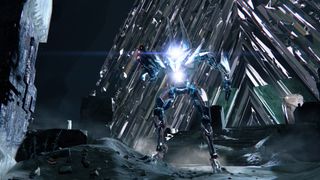
The PC is the birthplace of raiding. We know better than anyone how to gather a group of tanks, healers and DPSers in the noble name of taking down a boss so big that alone we’d struggle to tickle it. However, the most interesting thing to happen to raiding in recent years didn’t happen on PC. Destiny was only released on console, but it managed to fuse complex raid mechanics, surprisingly rich lore, and Bungie’s usual buttery smooth FPS gunplay to create, well, something new. Over the course of three years, Destiny has delivered four raids, each with its own unique flavor and multiple bosses featuring fiendishly opaque challenges to overcome.
As with all raids, first you have to assemble a team with a couple of hours to spare. Bungie’s lack of in-game tools means this can be a challenge in its own right, unless you have six friends on hand, in which case you can skip running the LFG gauntlet. At their best and most hectic, Destiny raids feel like trying to perform interpretive dance while taking small arms fire. Which means that, as with more traditional MMOs, running with randoms can bring frustration as much as exhilaration. Whatever the team comp, a strong raid leader will assess everyone’s strengths and knowledge, then pair the veterans with the greenhorns, assign Defender Titans to place a ‘bubble’ on choke points, order Nightstalker Hunters to ‘tether’ especially dangerous mobs, and tell the Warlocks to—honestly, Warlocks do whatever they want.
This September, the series finally comes to PC in the form of Destiny 2. Although we’ll have to wait until May 18’s gameplay reveal—and likely later than that—to find out if the sequel will feature a raid at launch (frankly, Bungie would be insane not to include one), we can already see why the prospect of FPS-style raiding is exciting for PC. It will test your ability to communicate and improvise as much as your mouse and keyboard reactions, but the struggle will be worth it for those moments of catharsis when your team finally gets showered in loot. To get a sense of what to expect from Destiny 2 when it hits PC, let’s look at four of the best encounters from the original game in detail...
Raid: The Vault of Glass
Encounter: Atheon, Time’s Conflux
The Vault of Glass was Destiny’s original killer app and arguably what rescued the vanilla game at a time when many were ready to write it off. In fact it was so good that it ultimately rocketed lead VoG designer Luke Smith (a hardcore World of Warcraft raider himself) into the director’s chair for Destiny 2. Even today, VoG remains one of the game’s best PvE activities, in large part thanks to Atheon, the final boss. Built like a giant version of a Vex hobgoblin, Atheon stalks across his crystalline arena, blasting your team and summoning waves of exploding ‘supplicants’. With your backs literally against the wall, he teleports three random team members to one of two other realities. Before they return, they have to fend off the angry locals and nab an ancient relic. And to get back at all, the remaining home team has to open an escape portal while enduring Atheon’s assault.
The fun here is in overcoming Atheon’s trickery, turning the tables, and dogpiling onto the lovingly named ‘DPS platform’ in the middle of the stage before laying into him.
Make it back in time without getting lost and your team will receive a temporary shield that blocks all attacks and grants a considerable damage buff. Where before you couldn’t put a dent in Atheon, you can shred his massive health bar with ease during the 30 precious seconds that ‘Time’s Vengeance’ lasts. The fun here is in overcoming Atheon’s trickery, turning the tables, and dogpiling onto the lovingly named ‘DPS platform’ in the middle of the stage before laying into him. (Brilliantly, the platform is surrounded by precipitous drops that have been the end of many Guardians.)
The Atheon fight hit all the right notes and provided the perfect climax for Destiny’s first raid. Those random teleports test your team’s communication and give everyone a meaningful role to play, all while teaching the entire encounter. It’s also an interesting damage check that makes you build a loadout to both handle adds and maximise boss damage. Above all, it was rewarding, not only as a personal accomplishment but as the best source of loot in its heyday. Atheon’s unique drop, the much-coveted and much-nerfed Vex Mythoclast, was particularly flavorful. As with most of VoG’s stellar weapons, the Mythoclast changed the way players viewed Destiny’s weaponry and made raiding an even more alluring prospect.
The biggest gaming news, reviews and hardware deals
Keep up to date with the most important stories and the best deals, as picked by the PC Gamer team.
Raid: Crota's End
Encounter: The Abyss
Whereas defeating Atheon is about strengthening yourself to take on a towering foe, the opening encounter of Crota’s End, Destiny’s second raid, is about surviving despite being severely weakened. The moment you descend into this pitch-black cavern, you’re stricken with a debuff which rapidly accumulates, each stack causing you to move slower. And moving slowly is the last thing you want with hundreds of Hive thrall biting your ankles.
Crota, the final boss, could be abused by having the team host pull out their LAN cable at the right moment, leaving Crota locked permanently in his vulnerable kneeling position.
To escape The Abyss, you have to run between large lanterns which briefly cleanse the debuff. The bad news is that the lanterns will also explode a few seconds after you activate one, so you have to keep moving while clearing the waves of thrall behind you. Crucially, you also have to move as a team, otherwise a straggler will arrive just as the lantern goes boom. (You want everyone alive for a standoff at the end.) This creates a panicked, pacey Left 4 Dead-esque chase experience that nails the “action movie” vibe Bungie set out to create with Crota’s End. It can also be hilarious. You know that old saying about outrunning a bear? That you actually just have to outrun your friend? Turns out the same goes for space zombies.
Unfortunately, as was the case with much of this somewhat rushed raid (Crota’s End came as part of Destiny’s first DLC drop, The Dark Below), The Abyss is filled with glitches begging to be exploited. Ordinarily you have to marathon a dozen or so lanterns to escape, but players quickly learned that by scaling a rock wall near the first lantern (by way of an explosion-boosted jump), you can skip over half the encounter. Still, that was a comparatively honorable strat given that players also worked out that Crota, the final boss, could be abused by having the team host pull out their LAN cable at the right moment, leaving Crota locked permanently in his vulnerable kneeling position. Obviously, we’d never do such a thing on PC.
Raid: King’s Fall
Encounter: Oryx, The Taken King
The sizeable Taken King expansion revitalized every aspect of Destiny, including raiding. King’s Fall is still lauded as the most complex of all Destiny’s raids, sometimes to its detriment, and nearly all of its core mechanics are used in the fight against Oryx, the titular Taken King. The Oryx battle is at once a final exam and a dance audition—a ruthless assessment of your team’s ability to work together and survive alone.
The fight takes a piece of every other King’s Fall boss and stitches them into a long, punishing encounter that demands nothing short of choreography.
Here’s the quick and dirty guide. Four people guard pillars, only stepping onto them once the fifth person, the runner, is ready to move. The pillars must be activated in a sequential order deduced from Oryx’s current position. This materializes a series of floating platforms, enabling the runner to hop around the arena and steal a spark of light which they then use to strip an invincibility shield from a Hive knight. As they’re running, the other five players kill huge Hive ogres which drop darkness bombs that are later detonated to damage Oryx. Before grouping up with the now-shielded runner, you also have to defend the bombs from knights who want to eat them. Finally, the team must huddle inside the shield to shoot and stagger Oryx before running to the bombs and detonating them. And if that sounds complex, imagine how it gets on comms.
You have to do all this four times, by the way, and each round is punctuated with a potential wipe. The fight takes a piece of every other King’s Fall boss and stitches them into a long, punishing encounter that demands nothing short of choreography. As with all Destiny raids, the hard mode version is especially brutal since you can’t be revived mid-fight. In this case it means losing two members effectively necessitates a wipe. Despite the complexity, it you beat an encounter enough times—serious raiders will do multiple runs each week—and even something as complex as Oryx becomes pure muscle memory.
Raid: Wrath of the Machine
Encounter: The Siege Engine
We finish with a proper bang thanks to the Siege Engine from the most recent DLC, Rise of Iron. Seriously, this is some Mad Max stuff. Your team emerges atop the giant wall that circles The Last City to find a big ol’ death machine created by the scavengers of the Fallen race. It’s mounted on rails and needs to be deactivated before it smushes you. To deactivate it, you have to drag three engine pieces through a series of trenches and onto the death machine while fending off hundreds of enemies.
The Siege Engine is a ridiculously epic set piece unlike anything else in Destiny—so epic, in fact, that the framerate tanks amid the storm of supers and swords.
Here’s the kicker: you can only move a piece for 10 seconds at a time, and there’s a 10-second cooldown between attempts. This creates a simple but exciting rotation: if you aren’t moving pieces, you’re killing enemies. Lots of them, ideally as flashily as possible. The Siege Engine is a ridiculously epic set piece unlike anything else in Destiny—so epic, in fact, that the framerate tanks amid the storm of supers and swords. Naturally we can expect that to be less of an issue on PC, while also hoping the raid design team has more similarly bespoke moments in store.
The Siege Engine isn’t Wrath of the Machine’s finale, but it is one hell of a mid-raid climax. Once your team finally place all three engine pieces, you sprint off the exploding engine as it tumbles off a cliff. You haven’t done anything exactly like it in any other FPS, which is a running theme of Destiny’s raids and the biggest reason to give Destiny 2’s PC release serious consideration. If Bungie can bring these sorts of experiences to the platform that’s the natural home for both the FPS and raiding culture, it should be a match made in the stars come September.

Austin freelanced for PC Gamer, Eurogamer, IGN, Sports Illustrated, and more while finishing his journalism degree, and has been a full-time writer at PC Gamer's sister publication GamesRadar+ since 2019. They've yet to realize that his position as a staff writer is just a cover-up for his career-spanning Destiny column, and he's kept the ruse going with a focus on news, the occasional feature, and as much Genshin Impact as he can get away with.
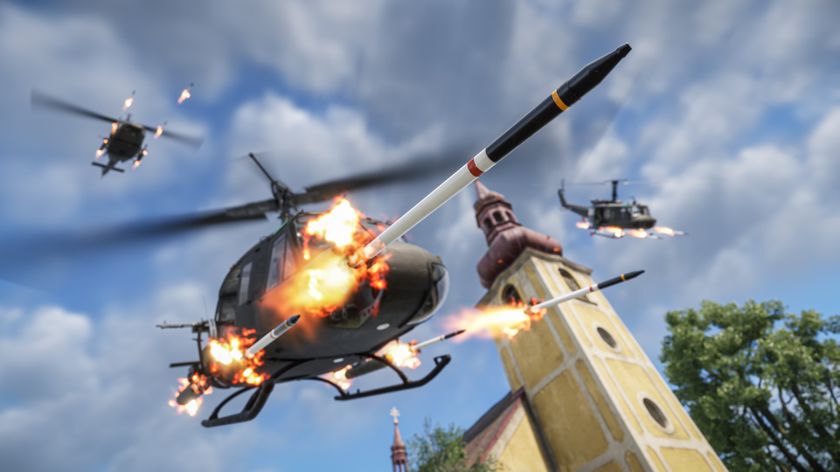
'Game changing' ArmA Reforger update adds attack helicopters, mortars, and destructible buildings: 'nowhere on the battlefield is safe anymore'
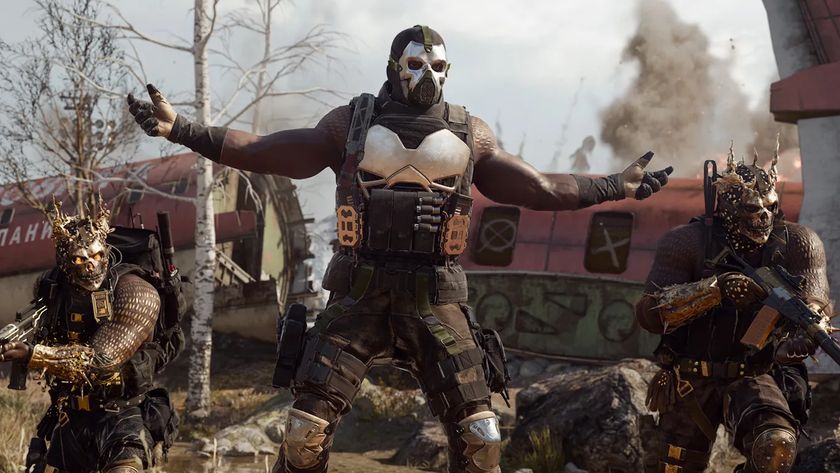
Over 60% of Call of Duty players reported for cheating are on console, but the data says nearly all cheaters are on PC: 'We've found that many of these reports have been inaccurate'
